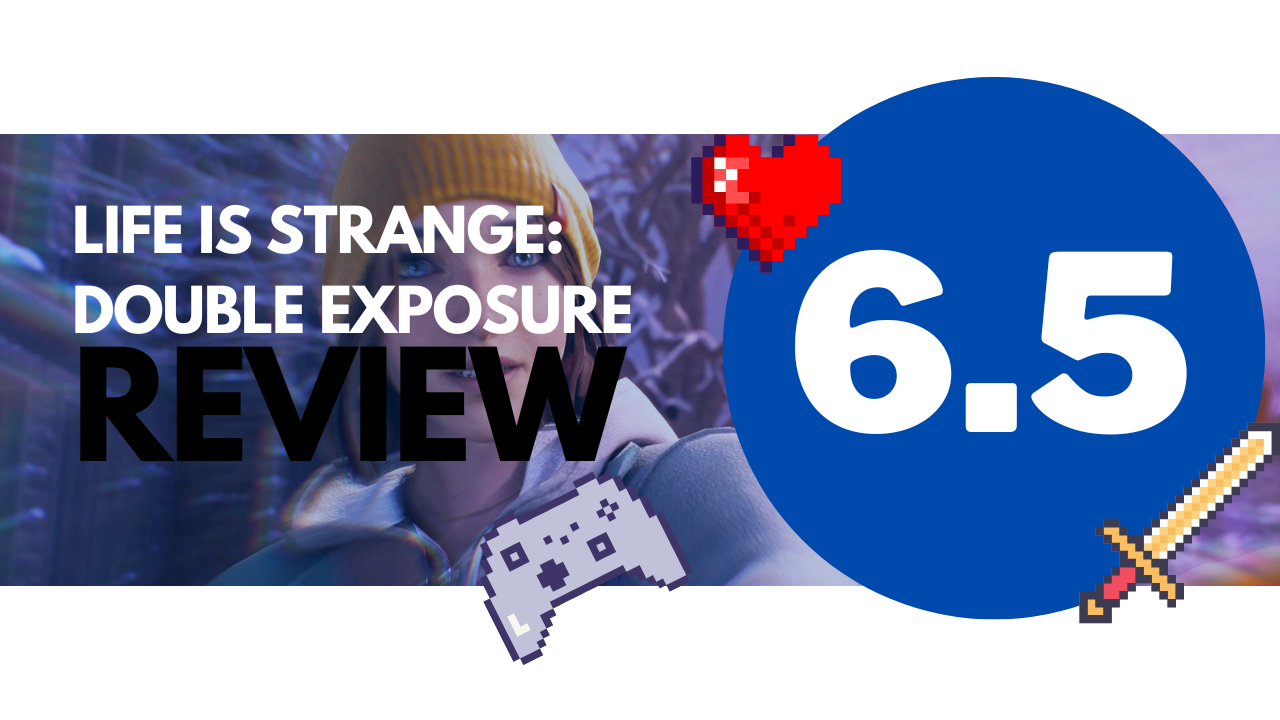Life is Strange: Double Exposure Review
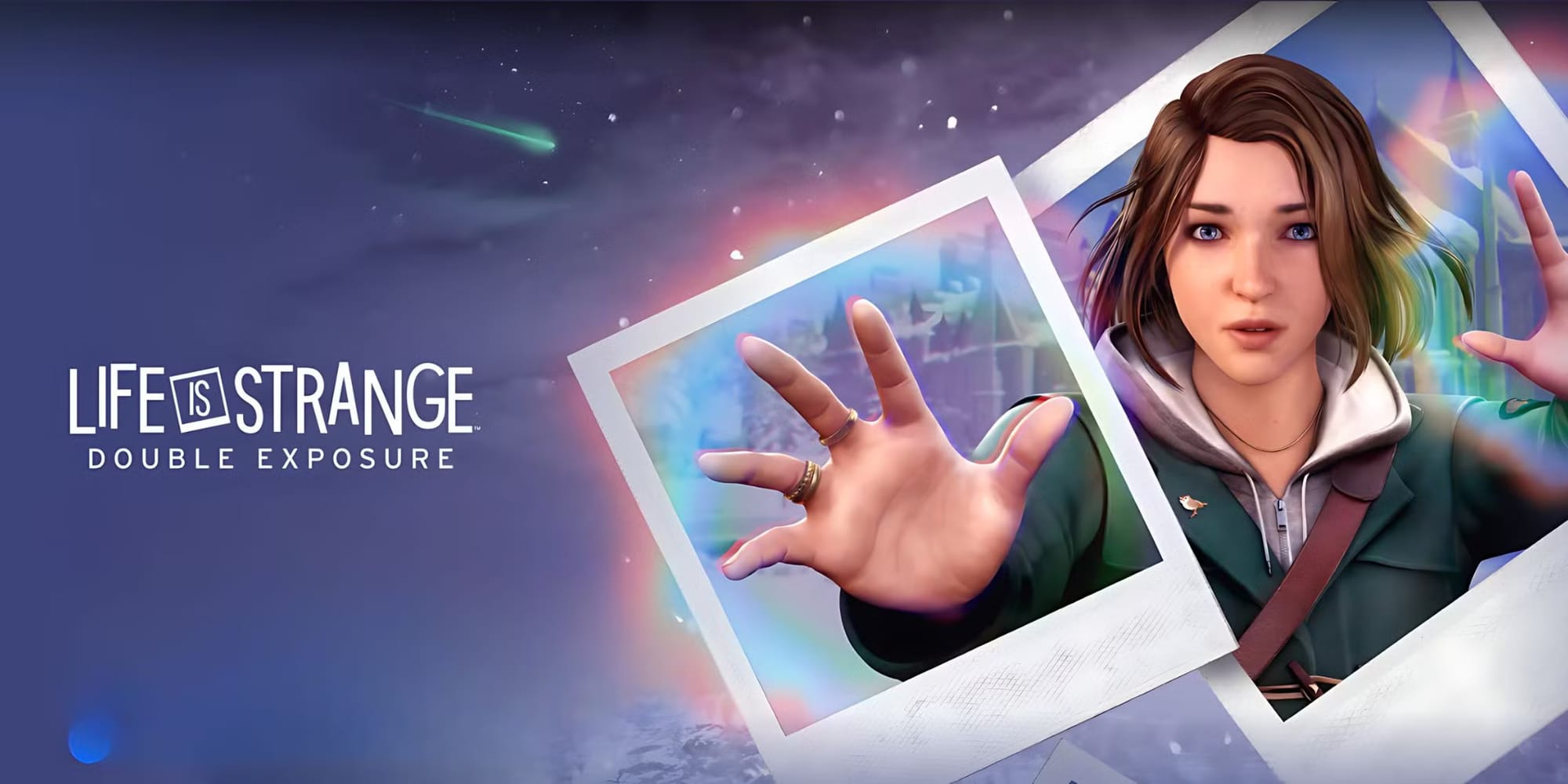
The return of Max Caulfield is one Life is Strange fans have been eagerly anticipating, and Life is Strange: Double Exposure, the fifth entry in the series, brings back the time-manipulating protagonist we first met years ago. Developed by Deck Nine, the same studio behind the fan-favourite Life is Strange: True Colors and Before the Storm, Double Exposure arrives with high expectations. Deck Nine has proven its ability to craft compelling narratives, so the question is: did they succeed in reviving the spirit of Life is Strange while introducing a grown-up Max?
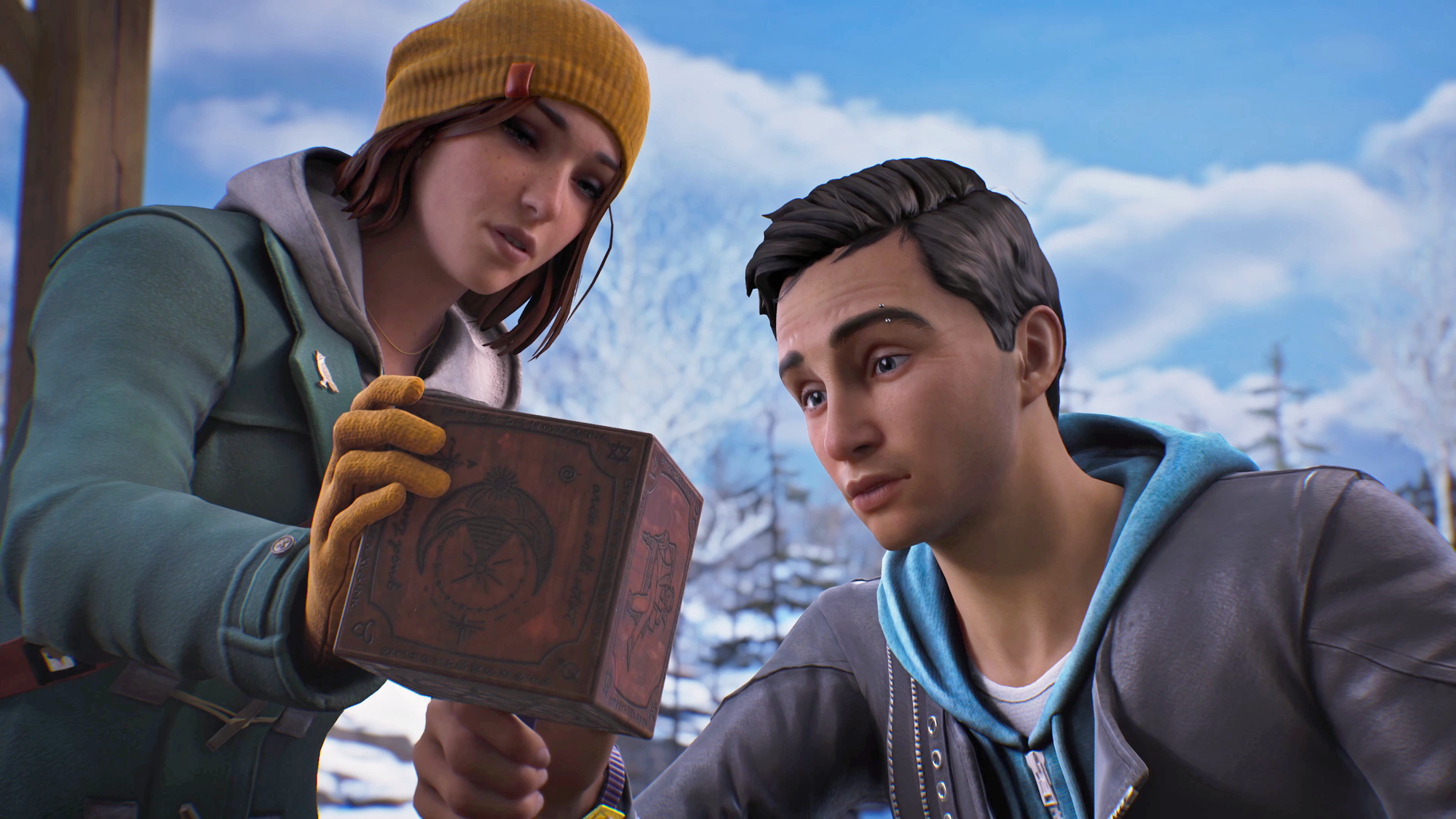
Max Caulfield Returns, Evolved and Familiar
As a longtime fan, jumping back into Max’s world feels like reuniting with an old friend. From the beginning, Double Exposure acknowledges the journey we’ve been on with her by peppering the game with Easter eggs for fans of the series, creating moments of nostalgia and warmth. Max, now a young adult, retains her nerdy charm and relatable vulnerability, making it easy to reconnect with her character.
Her time-warping powers have also evolved. Instead of simply rewinding time, Max can now split herself between two timelines—a fascinating twist on her original abilities. This new mechanic opens the door to parallel universes, inviting players to explore how different choices lead to vastly different outcomes. However, while it sounds intriguing on paper, its impact on gameplay feels a bit underwhelming, as the two timelines don’t intertwine as deeply as one might hope.
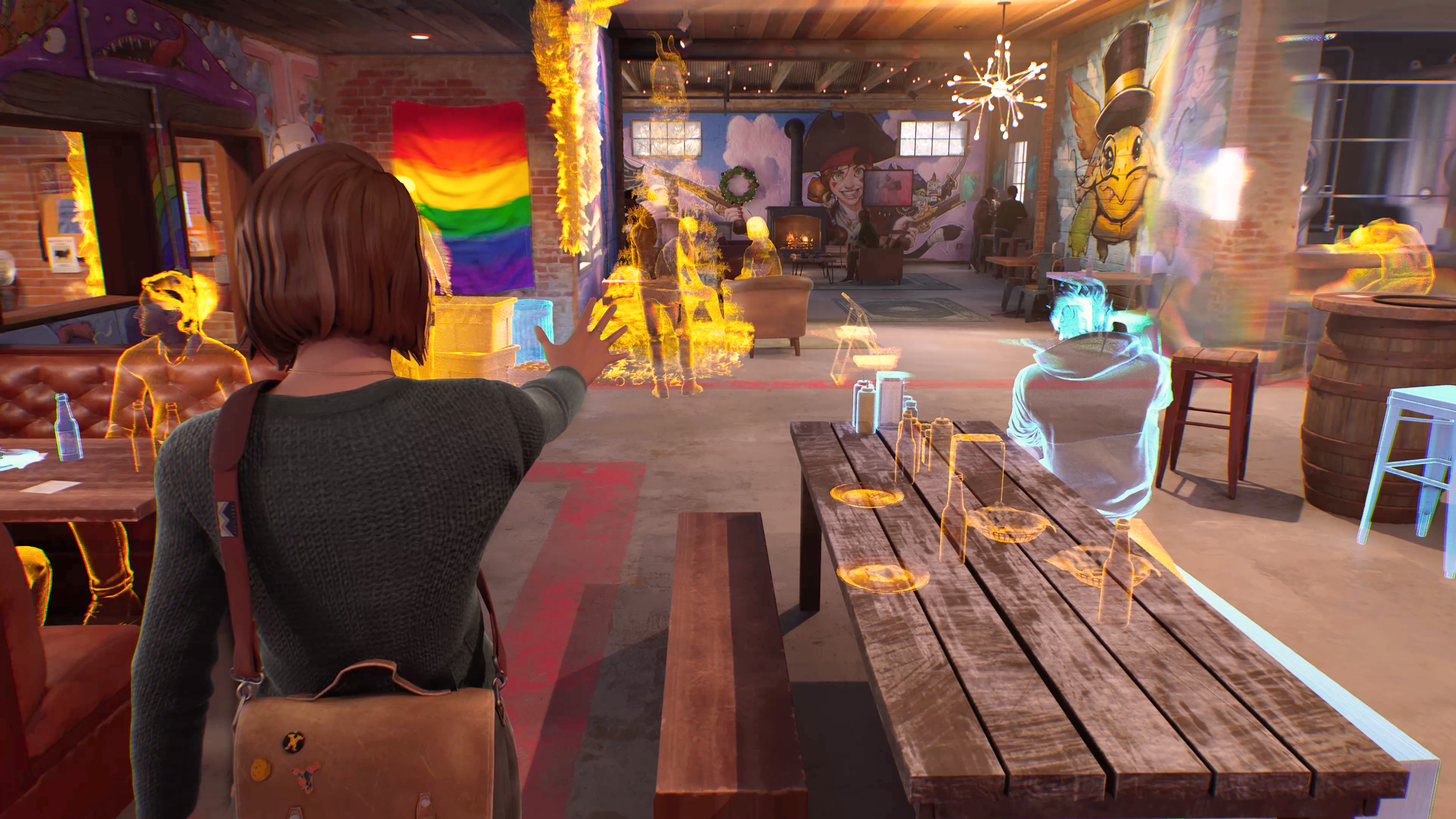
An Immersive Yet Detached Campus Setting
Despite being set in a university, Double Exposure doesn’t capture that quintessential college atmosphere. The game world is detailed and visually stunning, but interactions with other students lack depth. Conversations with classmates don’t go much further than basic exchanges, and, surprisingly, we never see familiar locations like classrooms or cafeterias that would ground Max’s university life. This disconnect makes it challenging to feel immersed in her new setting, and the school backdrop ultimately feels underutilized.
Visuals and Sound: The Series’ Best Yet
Double Exposure stands out visually as the best-looking game in the Life is Strange series so far. Deck Nine has outdone itself with character models and facial expressions that add a tangible depth to each interaction. The graphical upgrade breathes life into characters, and the vivid settings help evoke the series’ signature atmosphere.
As always, music is a key part of the Life is Strange experience, and this entry does not disappoint. The soundtrack is thoughtfully chosen to match each scene’s emotional tone, pulling players further into the world. Combined with stellar voice acting, the audio experience in Double Exposure is a highlight, providing a strong emotional backbone to the narrative.
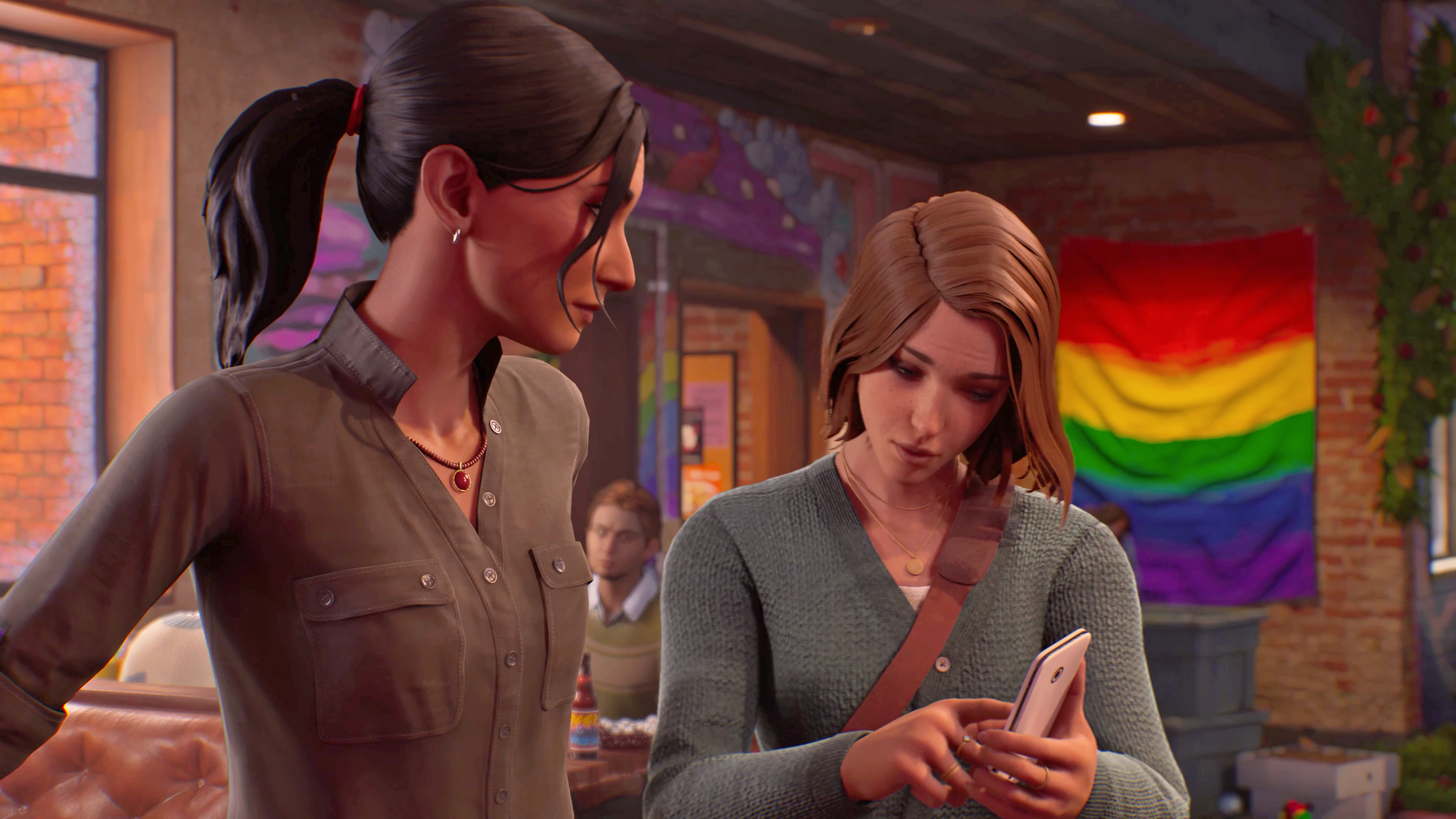
Story and Choices: Brilliant Moments in a Rushed Narrative
The story in Double Exposure offers moments of gripping drama and heartfelt connections, but it also suffers from a rushed pace. Some plot points are glossed over, while others are left confusingly unresolved, making the narrative choppy. This lack of cohesion becomes especially noticeable when making choices, as some options seem arbitrary or don’t carry the weight we’ve come to expect from Life is Strange games.
One area where the game misses the mark is character development. Max’s close friends, while likable, don’t receive the depth they deserve. Often, choices arise that require a level of connection with characters that just isn’t there, leading to moments where players might ask, “Do I know you?” This lack of early investment in key relationships weakens the impact of certain story beats, making it difficult to feel fully immersed in Max’s dilemmas.
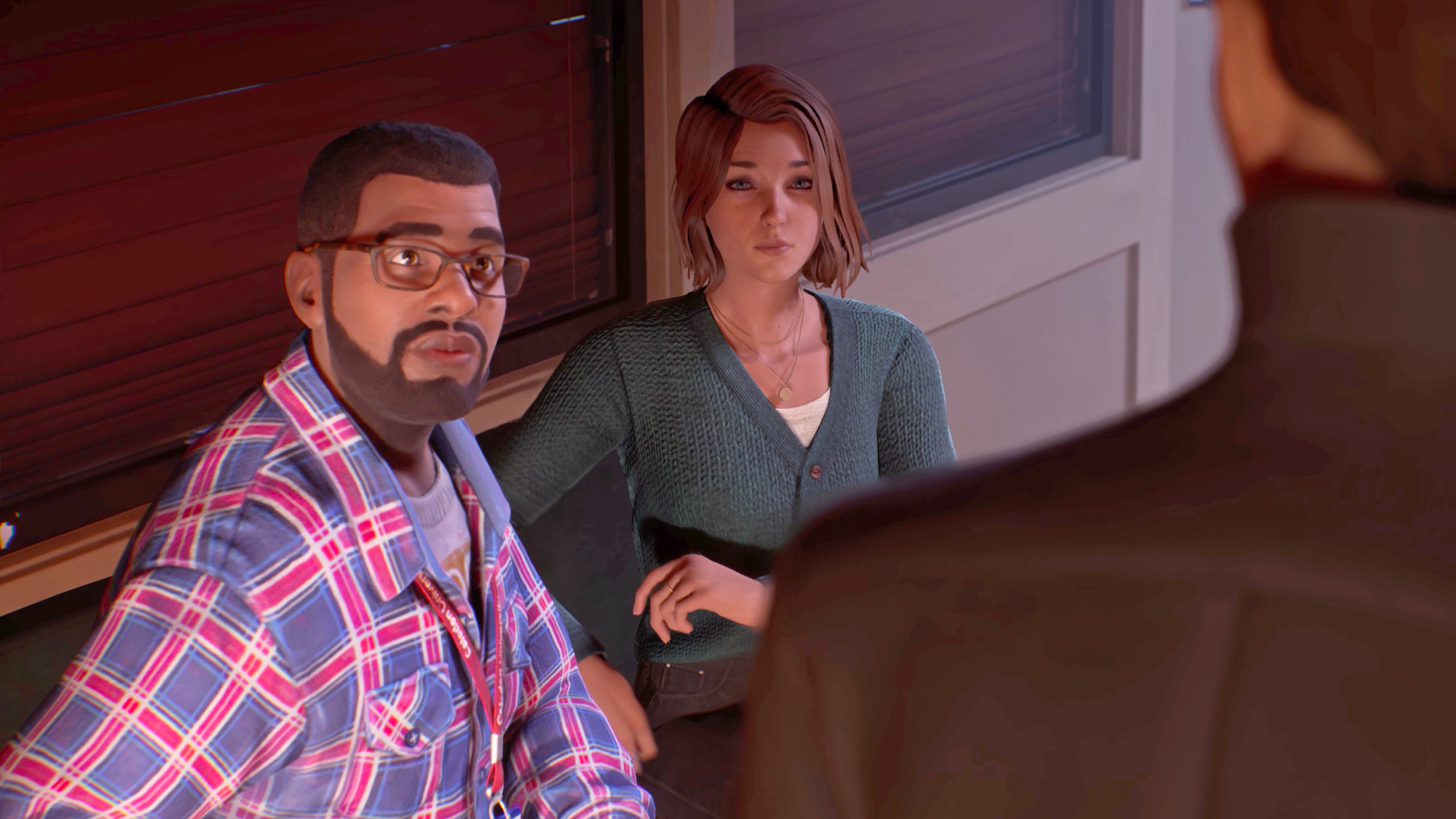
Gameplay and the New Split Timeline Mechanic
The split timeline mechanic is a unique addition to Max’s powers and was expected to add layers to the storytelling. However, its impact on gameplay is minimal. The mechanic doesn’t require much tracking of what you’ve said or done in each universe, so choices feel isolated rather than interconnected. In a series that often asks players to wrestle with the consequences of their actions, this underuse of Max’s new ability feels like a missed opportunity.
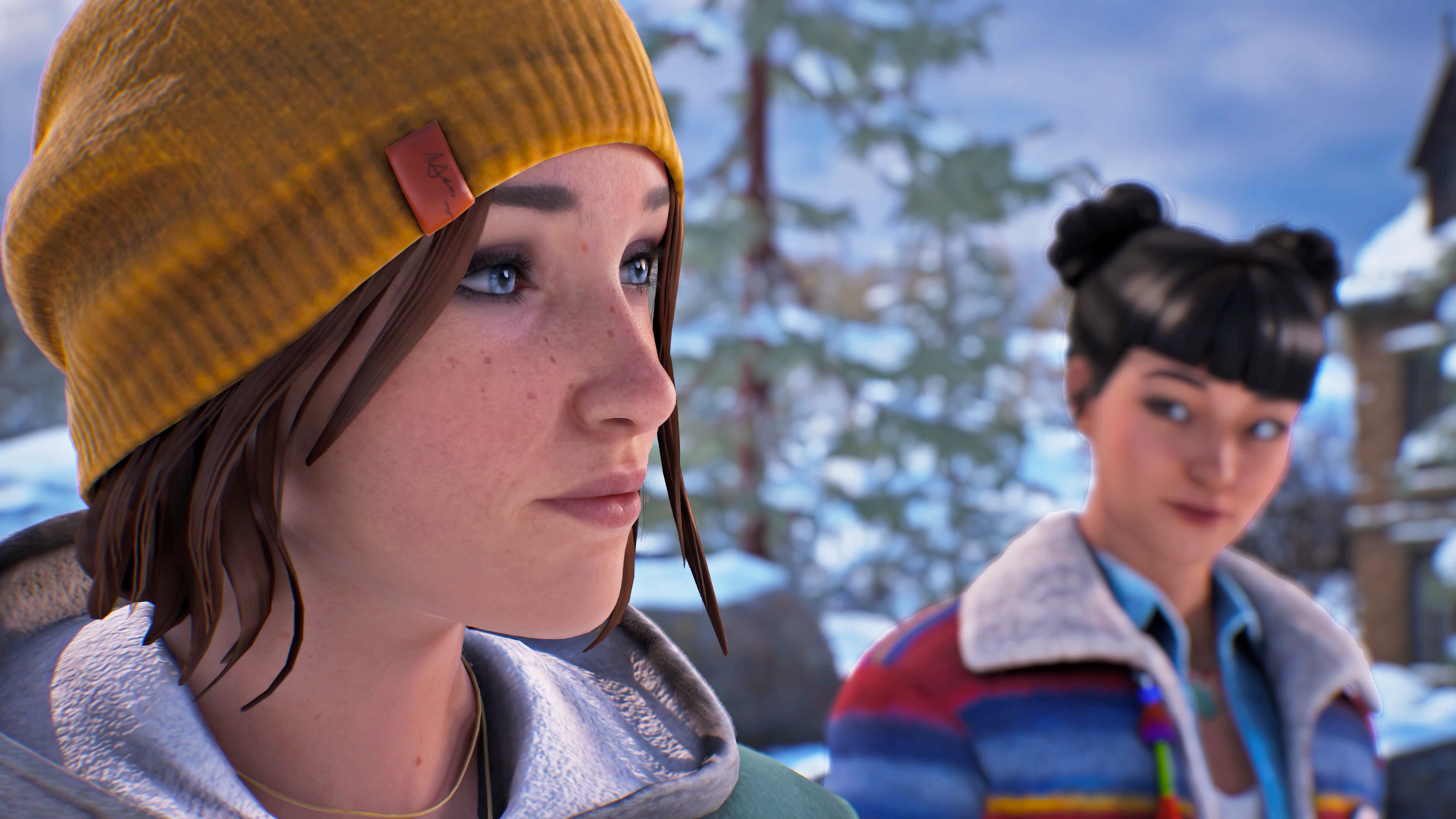
Final Thoughts: A Visually Stunning, But Unfinished Entry
Ultimately, Life is Strange: Double Exposure is a mixed experience. For long-time fans, it’s a chance to reunite with a beloved character and dive back into choice-driven storytelling. However, the story’s rushed progression and disjointed choices keep it from reaching the heights of earlier titles. The visuals are breathtaking, the music is on point, and Max is as lovable as ever, but the narrative struggles to fully connect players with her new world and companions.
Double Exposure is still worth a playthrough for fans of the series if only to see Max’s continued journey. But be prepared for a game that, while beautiful and evocative, needed more time to let its story unfold. With its breathtaking visuals but flawed execution, Life is Strange: Double Exposure earns a 6.5/10. It’s a journey worth taking but falls short of becoming the transformative experience that fans have come to expect.
